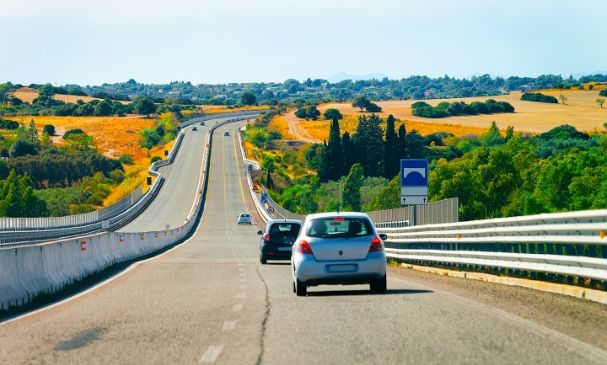How a Restricted License Works

Many people rely on their ability to drive to get through the day. A valid license lets you commute to work or school, pick up your kids, travel to appointments, and more. As such, losing your driving privileges might be more than just an inconvenience—it can cost you your job, grades, and other vital aspects of your life. This is where a restricted license comes in. If you lose your license due to a DUI or other serious traffic offense, you might be able to obtain a restricted license instead. Find out what that means and how it can help you with our guide to how a restricted license works.
What Is a Restricted License?
The state issues restricted or hardship licenses to limit high-risk drivers without costing them their livelihoods. After you get a DUI, reckless driving charge, or other major traffic violation, the state will probably take away your license. If this happens, you can apply for a restricted license to get some of your driving privileges back. The conditions will vary depending on where you live, but in general, a restricted license allows you to drive yourself and any dependents to school, work, and other necessary appointments, such as a doctor’s appointment or an alcohol treatment program.
Who Can Get a Restricted License?
The rules of each individual state affect how a restricted license works. For the most part, a driver’s eligibility depends on the type of traffic violation they committed and their past driving record. Some states will refuse to grant restricted licenses after more serious offenses, such as hit-and-runs or vehicular manslaughter. Other states might grant the license after a first offense but refuse one after subsequent violations. In some areas, drivers might have to complete a full suspension period before applying for a restricted license.
If you obtain a restricted license, it’s important to fulfill all your requirements and follow any rules the state sets for you. Obey any conditions on your restricted license, including time restraints. During this time, you might also have other requirements regarding your reckless driving charge—these might include alcohol education programs, driving courses, or SR22 insurance. Just like your restricted license conditions, it’s important to take all these requirements seriously. If your state requires SR22 insurance following your traffic violation, Serenity Group is here to help. We can help you navigate requirements for the SR22 in California or anywhere else you live and drive. By following the rules now, you can reinstate your full license and get back to normal life on the road as quickly as possible.

Recent Comments